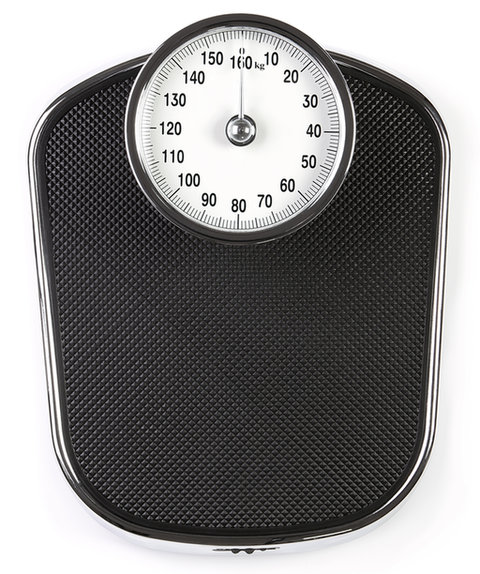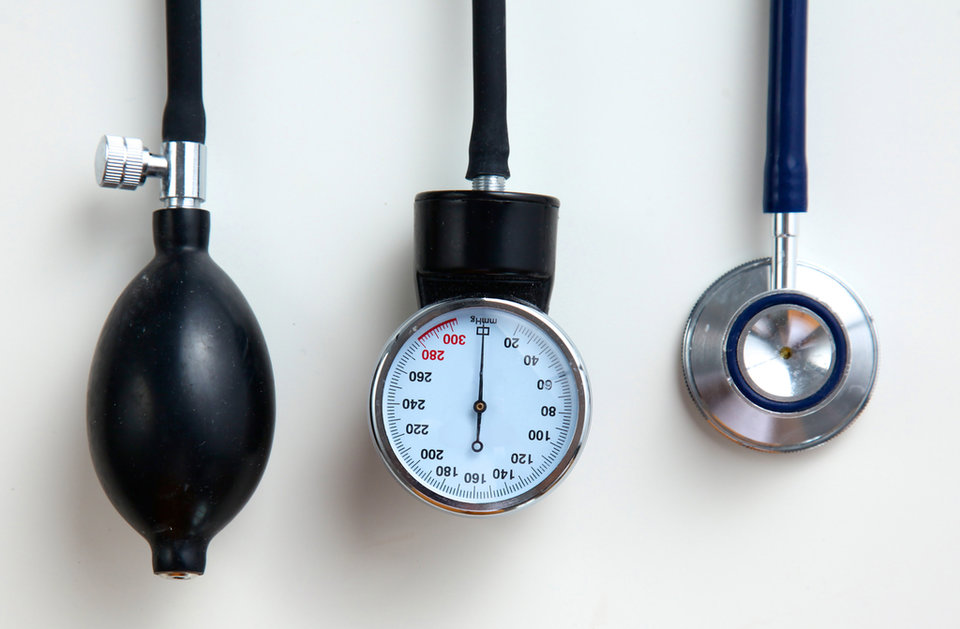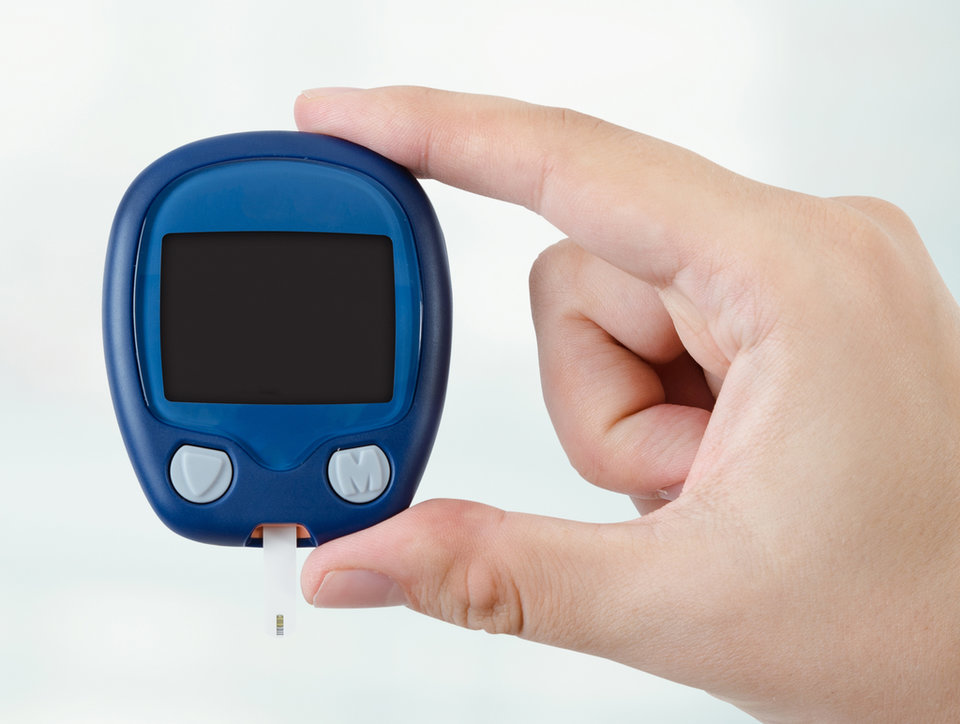| BY THE NUMBERS |
OBESITY AND IMPACT ON UROLOGIC CONDITIONS
Being obese means that you have too much body fat. For many people, talking about weight problems can be hard and emotional. The good news is there are many resources to help you on your road to wellness.
78,000,000
of U.S. adults are obese.
30 kg/m2 +
The body mass index, or BMI, range for obesity. A high BMI is a sign of high body fat.
$147 Billion
Estimated yearly health care costs for treating conditions linked to obesity.
37%
of U.S. adults are
considered obese.
17%
of U.S. children are
considered obese.
UP TO
50%
of obese men may have
low testosterone.
7 UROLOGIC CONDITIONS LINKED
TO OBESITY:

Infertility
Kidney Cancer
Kidney Stones
Lower urinary tract symptoms
Overactive bladder
Prostate cancer
Stress urinary incontinence

Reaching and maintaining a healthy weight takes time.
Be patient with yourself. Treatment for obesity will depend on the cause and severity of your condition. Possible treatments include healthy lifestyle changes like diet and exercise, behavioral weight-loss treatment programs, medication and surgery. Talk to your doctor about a plan that’s right for you. Remember, each journey starts with a single step; however, without taking that first step, you will never reach your goal of a new and healthier you.

Healthy, normal blood pressure:
120/80 mmHg
High blood pressure can cause heart disease, stroke, kidney disease and erectile dysfunction. Obesity is linked with increased risk of high blood pressure.

HEALTHY BLOOD SUGAR (GLUCOSE) LEVEL:
60-100 mg/dL
Diabetes is a condition in which blood sugar levels are high. It can lead to heart disease and erectile dysfunction. The A1C test is a common blood test used to tell if someone has diabetes. It is also used to gauge how well they are taking care of their diabetes. Obesity is linked with increased risk of diabetes.
Healthy, total cholesterol level:
120/80 mmHg
Obesity is linked with higher cholesterol levels.
Healthy “good” HDL cholesterol
>50 mg/dL for women
>40 mg/dL for men
Optimal "bad" cholesterol
<100 mg/dL
1 obesity-related urologic condition that only affects women is
pelvic organ prolapse.
This happens when the tissue and muscles of the pelvic floor no longer support the pelvic organs, resulting in a drop (prolapse) of the pelvic organs from their normal position. The muscles and tissues of the pelvic floor may become torn or stretched after labor or childbirth. The bladder is the most commonly involved organ in pelvic organ prolapse.
UrologyHealth.org | WINTER 2017/2018 | UROLOGYHEALTH extra